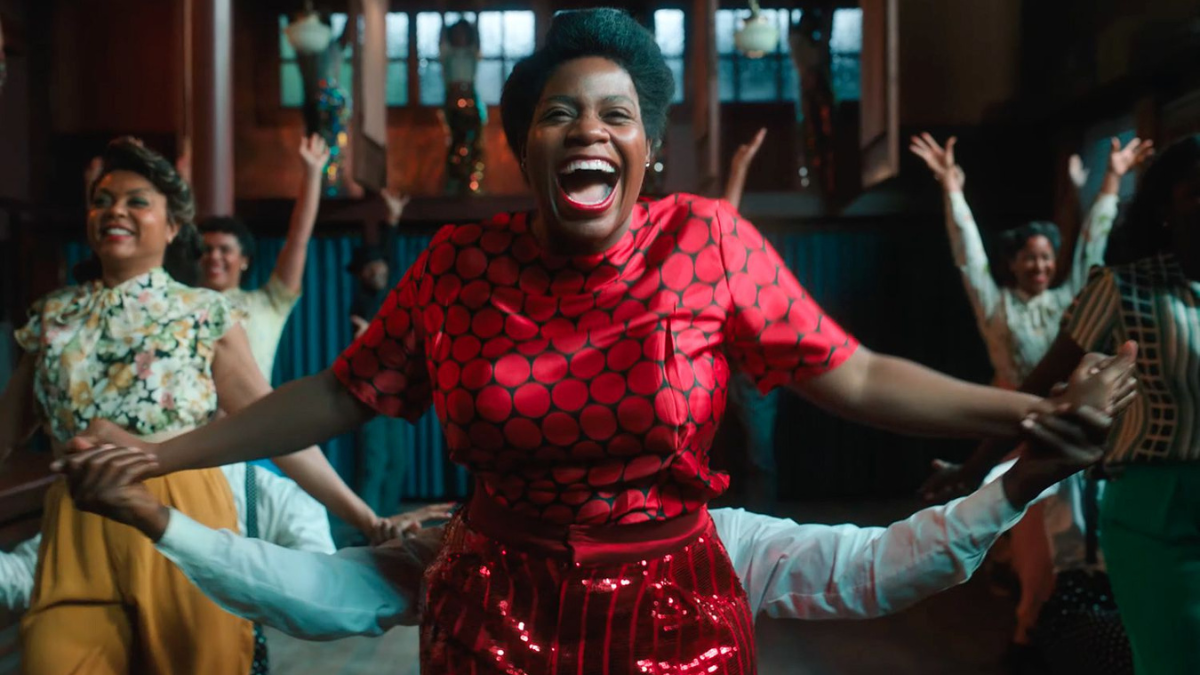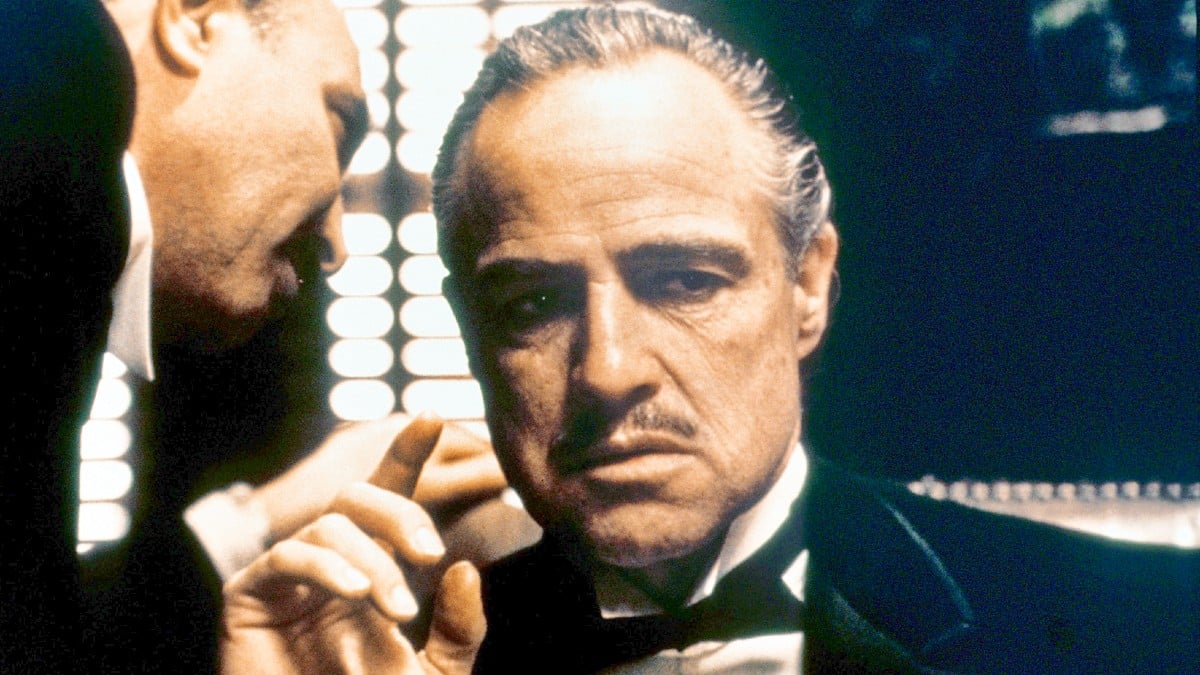Warning: this article contains spoilers for The Color Purple
Although author Alice Walker has gone off the deep end with her conspiratorial beliefs, her most famous book, The Color Purple, remains a beautiful and empathetic tale.
The novel was made by Steven Spielberg into a film that earned 11 Oscar nominations, only to win none (a controversial decision both then and now, especially as it was a Black-focused story that lost in many categories to Out of Africa, which famously put white people at the center of a narrative set in Africa). The Color Purple was also turned into a musical, which has now been adapted for the big screen, with the new, much anticipated film set to be released on Christmas day 2023.
The heartbreaking book won the National Book Award and a number of other honors, and was also highly controversial because of its themes and plot. It is told primarily through letters to God from a character named Celie, who begins the novel as a poor teen who suffers from sexual violence at the hands of her father, and other hardships. Although brutal and unflinching, like all good art, it offers beauty and a vision of hope.
Many of those interested in the upcoming movie might be wondering if the book was informed by the real life experiences of Alice Walker, or someone she knew. If you’re one such person and want to find out if The Color Purple is based on a true story, then read on to find out!
What is The Color Purple about?

The Color Purple follows the life of Celie, a poor Black girl from the South. It begins with her being a teen, and tells her story until she’s in her mid-fifties. The book is told in epistolary form, which means it’s in the form of letters, most of which are from Celie to God.
At the beginning, Celie is subject to sexual violence from her father, and has even given birth to two children as a result. She is then married off to another man who continues to mistreat her, while her younger sister Nettie runs away from home.
Although her husband’s violence continues, Celie’s life begins to open up as she meets more women, including her new stepson’s partner, Sofia, and the musician Shug Avery. Shug and Celie eventually begin a sexual relationship, and Shug even manages to recover some letters from Nettie that Celie’s husband had been hiding from her.
Celie has a crisis of faith when she realises her children were adopted by a wealthy couple, but with Shug and Nettie’s help she manages to get in touch with them. She also finds the courage to leave her abusive husband and moves to Tennessee to escape him. She begins earning her own money by working as a seamstress, but is left heartbroken when Shug admits she has been seeing other people, including a musician in her band.
Celie’s father dies and she inherits his land, and ends up moving back to her childhood home. Nettie finally returns alongside Celie’s children and Shug, and the group all congregate at the home in which the story began.
Is The Color Purple based on a true story?

In terms of narrative, no, The Color Purple isn’t based on a true story. However, there’s no doubt that many of author Alice Walker’s experiences would have informed the story. Walker grew up poor and Black in the American South, at a time when racism wasn’t just an insidious force in American society, but a violent and popular movement among white people. She went to a segregated school and had little access to medical care, a fact illustrated by a story from her childhood in which she was shot by a BB gun in the eye and blinded, as her parents couldn’t afford to take her to the hospital.
With that all said, Walker has made no indication her father abused her sexually, like Celie’s does. She also did not have children as a teenager, like the protagonist of her novel, and also managed to get a college education, thanks to a scholarship.
So, in terms of the world of the book and the films adapted from it, there are certainly some real life parallels. But overall, The Color Purple is simply an incredible work of ficiton that will linger long in your memory, and almost certainly make you a better person for reading.










Published: Dec 7, 2023 03:47 pm